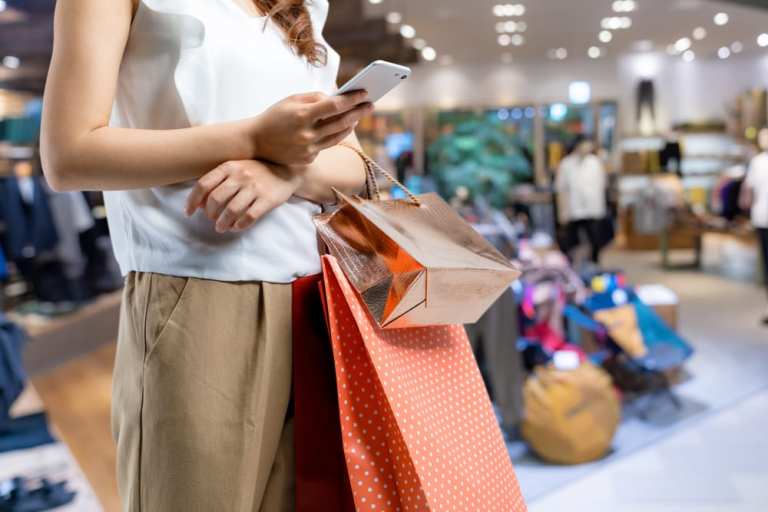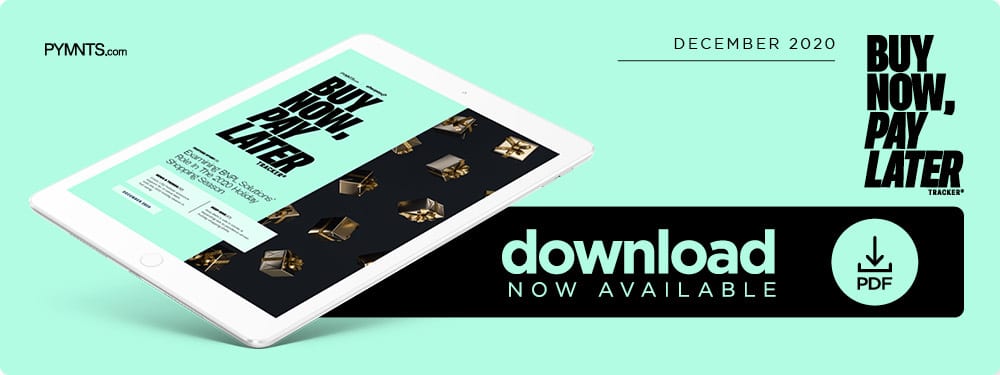Deep Dive: Buy Now, Pay Later And The In-Store Opportunity

The holiday shopping season is bringing some relief to the retail industry after a difficult year of pandemic-driven store closures and social distancing as well as consumers’ reluctance to spend much during a time when unemployment levels surged earlier this year. Consumer spending appears to be on the rebound, however, as news of vaccine distribution helps boost public confidence that the light at the end of the tunnel is near.
The National Retail Federation (NRF) announced that holiday spending is in fact estimated to increase by as much as 5 percent over last year’s totals to nearly $767 billion. The trade association also found that average holiday sales since 2015 are expected to increase by 3.5 percent. This data includes online and other nonstore sales, which are expected to increase up to 30 percent to as much as $218 billion from last year’s $168 million, according to the group. This rise in digital spending reflects consumers’ overall shift to online and mobile usage to carry out not only their retail purchasing but also daily tasks such as banking. In-store spending is still holding its own, however, and should not be discounted by merchants.
There may still be uncertainties surrounding consumers’ willingness to spend, but this welcomes the opportunity for flexible payment plans like buy now, pay later (BNPL) to gain traction and help consumers better manage their financial lives. The following Deep Dive examines how retailers are leveraging BNPL both online and in stores, what consumers are purchasing with the plans and how flexible payment plan adoption is expanding.
Holiday Season Presents BNPL Prospects
A survey by PYMNTS and BNPL provider Afterpay found expenditures for online purchases have continued to surpass brick-and-mortar stores, which the NRF data also reflected. In-store BNPL use has bested online use, however. The PYMNTS survey of 2,992 consumers revealed that shoppers who used BNPL typically made more purchases and for higher values than those who paid other ways, too. BNPL shoppers averaged about five in-store purchases the week before being polled for the survey, whereas those who did not use BNPL averaged approximately three.
The average amount BNPL users spent was $1,141, far above the average $150 by those who did not use this payment method. The survey also found that those who made purchases using BNPL made more online purchases but spent less online than they did in store, spending $1,090 online compared to $1,141 in store.
Consumers made many BNPL purchases in electronics. Seventeen percent of consumers who used BNPL on a recent purchase used it for an electronics purchase, whereas just 6 percent of those who did not use BNPL made a similar purchase. Home furnishings exhibited a similar spread, at 10 percent and 5 percent, respectively, while 9.7 percent of BNPL users and 0.5 percent of nonusers made vehicle purchases with their respective methods. BNPL shoppers also tended to purchase more durable products than those who did not make purchases through flexible payments programs.
Afterpay’s flexible payment plans were offered more often to consumers shopping online than in stores, as about 9 percent of respondents were offered Afterpay when making purchases online, compared to 8 percent who were offered the option in stores. Consumers’ higher in-store BNPL use than online suggests there is a massive opportunity to drive sales if more brick-and-mortar merchants leveraged BNPL.
In-Store Expansion
Retailers seem to be taking note, as in-store BNPL adoption appears to be on the rise. The largest mall operator in the country, Simon Property Group, announced in October that it would start offering Afterpay payment plans ahead of the holiday season at all of its shopping centers. Customers can access a digital wallet card in the Afterpay app and make purchases through Google Pay or Apple Pay. Simon was not alone, either. The installment payment solution was introduced in more major retail stores in November, including bareMinerals, Crocs, Fabletics and Lilly Pulitzer.
A recent survey found that 75 percent of U.S. consumers are comfortable with the health and safety measures that stores have in place, and recent vaccine news could make 2021 even brighter for retail stores hoping to see more consumers shopping in public spaces and using BNPL to pay.
